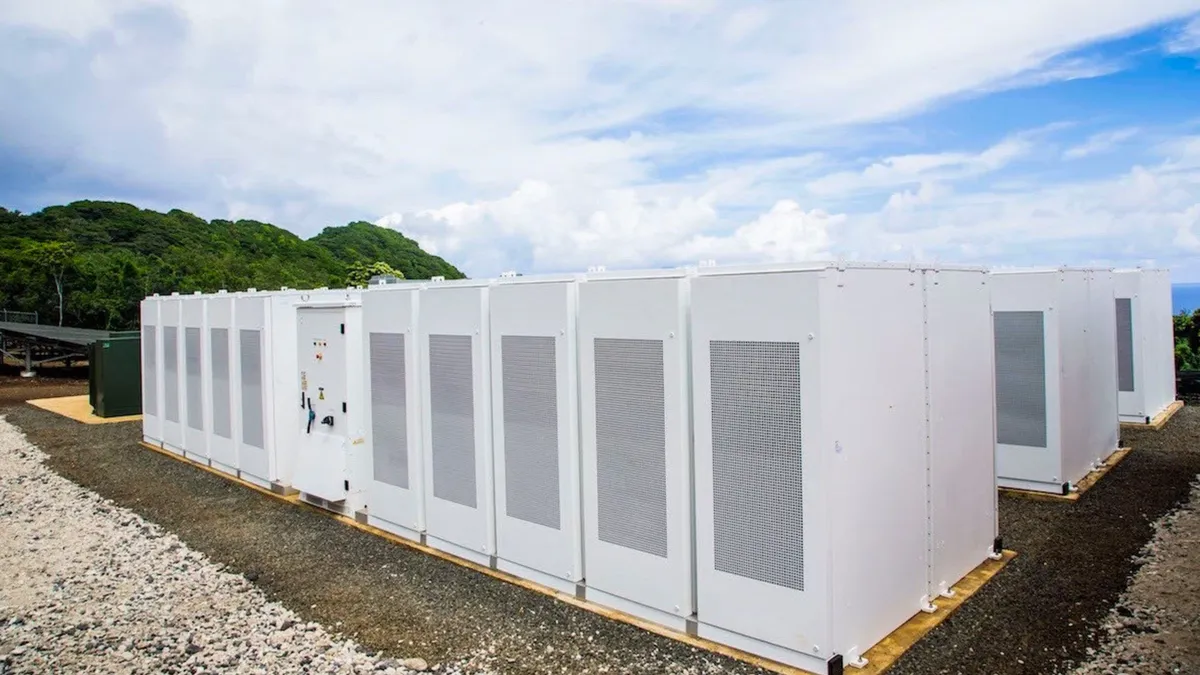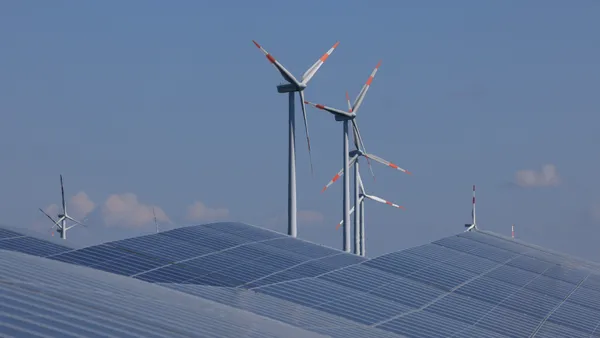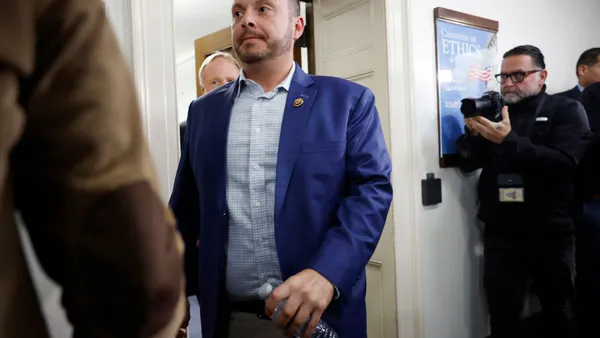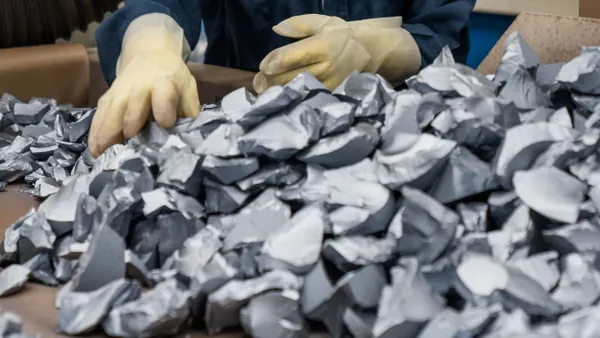Dive Brief:
- The island of Ta’u, in American Samoa, will soon be operating entirely on solar power due to a 1.4 MW solar system and bank of 60 Tesla Powerpack batteries providing 6 MWh of energy.
- Ta’u is a part of the Manu’a islands, which have set a goal of 100% renewable energy. The project was funded in part through a grant from the U.S Environmental Protection Agency's West Coast Collaborative (WCC) to the American Samoa Power Authority (ASPA).
- American Samoa has historically been highly dependent on petroleum imports to run diesel generators. The WCC aims to reduce diesel emissions along the United States west coast.
Dive Insight:
SolarCity, the largest rooftop installer in the country, is finding ways to expand outside the 50 states. The company installed the Ta'u solar system, more than 4,000 miles from California, providing clean power to the island's 600 residents.
According to SolarCity, the system it installed will offset the use of almost 110,000 gallons of diesel per year. "Factoring in the escalating cost of fuel, along with transporting such mass quantities to the small island, the financial impact is substantial," the company said on its blog.
The WCC provided $70,715 under the 2016 Diesel Emissions Reduction Act to enable the implementation of the project. The Department of Interior awarded ASPA $927,500 to install the batteries in this microgrid system through their Empowering Insular Communities Program, and the power authority provided the remaining funds.
It is not the first federally-funded solar project in the region. In 2015, EPA awarded ASPA a grant of $42,200 for a similar solar-storage system on the island of Ofu, also part of the Manu’a islands. That system includes 342 kW of solar generation and 1,085 kWh of a battery storage.
And, EPA said an additional 150 kW solar system and 500 kW hours of battery storage "will be added to allow the Manu’a islands to reach their self-sufficient, 100% renewable energy goal."













